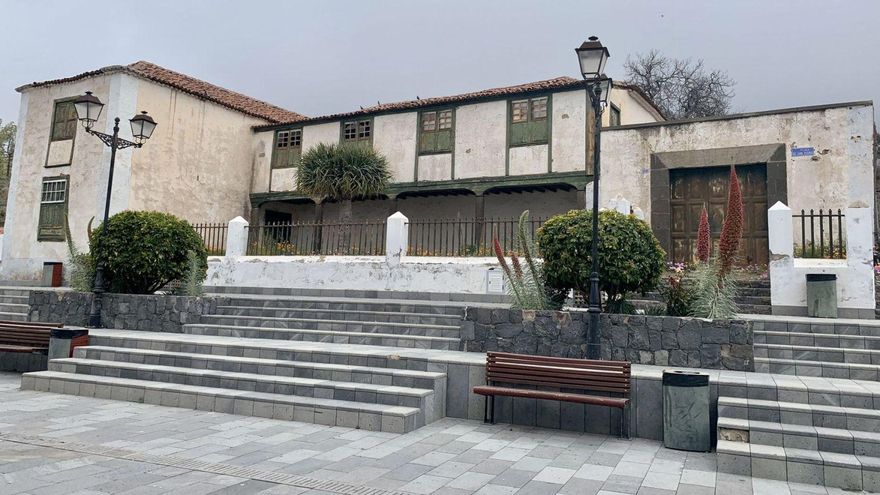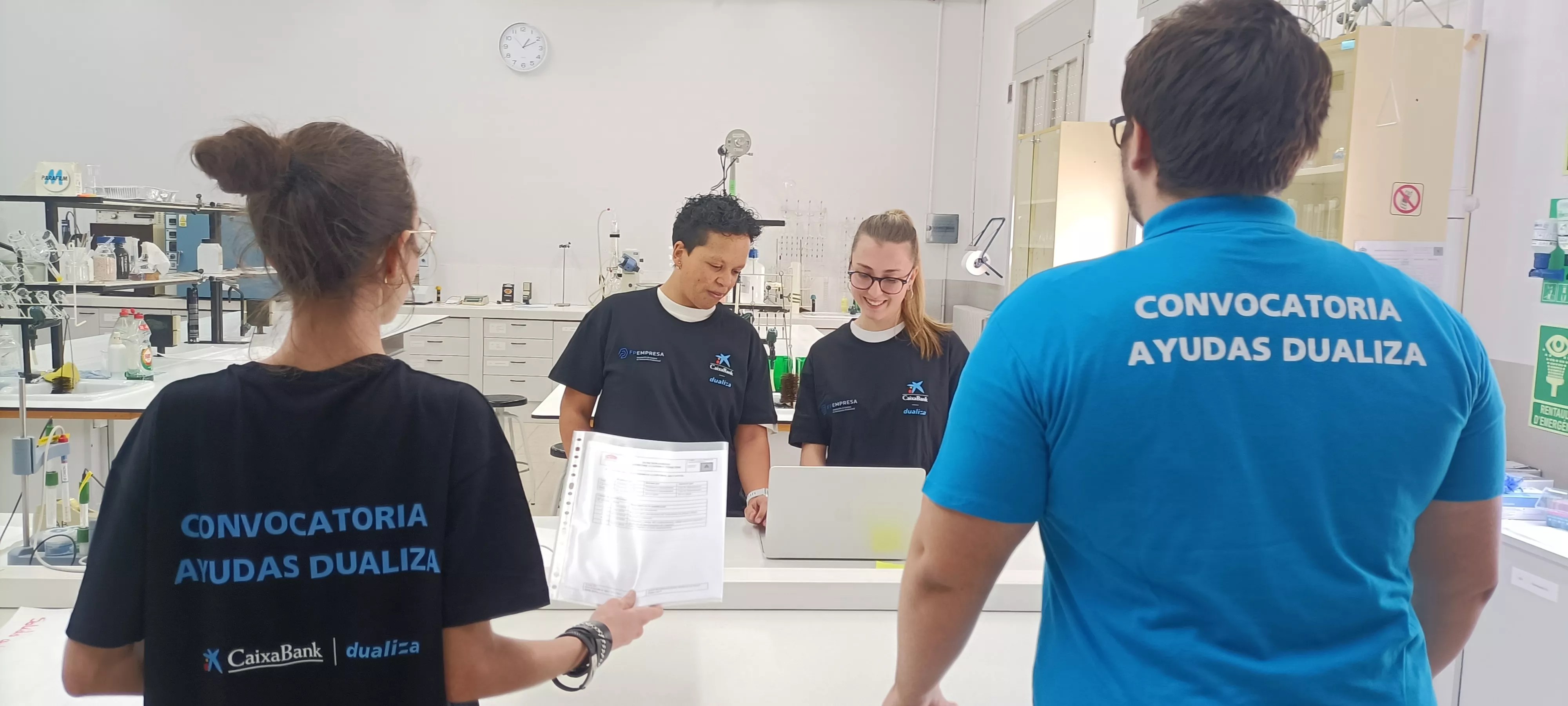
On the afternoon of August 17, 1840, when he was walking along the road from Granadilla to Vilaflor, At the height of the village of Cruz de Juan Bello, Alonso Chirino del Hoyo-Solórzano, VII Marquis of Fuente de Las Palmas, was assassinated by 12 masked men. A blanket of omertá covered that murder, one of the most famous in the history of Tenerife. Not a word came out of the chasneros about the circumstances of that event. Only heard comment: “Do they say they killed the Marquis?”. The answer was always the same: «That’s what they say…».
The Marquis de la Fuente de Las Palmas lived in what is known as House of the Solers, his family’s home in the municipality of Vilaflor de Chasna. Within its walls was in fact his body after a crime perpetrated by 12 neighbors who ambushed him to shoot him with arquebuses and for whose death no one was ever prosecuted. The council has speeded up the process rehabilitate this property for its great heritage interest. In fact, yesterday he announced in a statement that he has put out to tender the drafting of the project to reform the house with a budget of 90,800 euros and turn it into an ecomuseum.
The insular director of Territory Planning and Historical Heritage, Emilio Fariña, indicates that there has been “an impulse” to the execution of the project “in response to the local demand that the City Council of Vilaflor de Chasna has transferred to us”. “In addition, we are committed to preparing this space as an ecomuseum to make it a cultural and heritage reference in the municipality and in the region,” Fariña clarified.
historical architecture
The Casa de los Soler is a great example of the historic architecture of Vilaflor de Chasna and the Island, in which the pillars of society that have traditionally been the basis of the Canarian rural economy, the nobility and the peasant population, merge. Once the works are finished, the building will serve as a meeting, learning and dynamization space for workshops and other types of activities for citizens, “helping neighbors and visitors to discover the history and characteristic heritage of the island territory,” says Fariña.
The mayor of Vilaflor de Chasna, Agustina Beltrán, stresses that it is “great news” that “the drafting of such an important project for all the citizens of Vilaflor de Chasna finally sees the light, since the implementation of an ecomuseum It will stimulate and generate employment for our neighbors, promoting the development of the municipality’s economy. “We thank the island’s Patrimony Directorate of the Cabildo for their predisposition to carry out this long-awaited action,” he added.
To understand the causes of assassination of the marquis who occupied that house must go back to the fifteenth century, notes the Vilaflor de Chasna blog. Tenerife. The region of Chasna belonged in pre-Hispanic times to the menceyato of Abona and when the conquest of the Island took place in 1494, the lands and the use of the waters became the property of the captain and alderman Pedro Soler, Catalan, who created a mill sugar mill and founded the town of Vilaflor or Chasna. In 1601, a grandson of his established an entailment that included a large part of the lands of what are now the municipalities of Arona, San Miguel and Vilaflor.
The abusive model of leasing in kind without a contract allowed owners evict tenants, who were condemned to hunger and emigration in times of drought . In the Plaza de San Pedro, in front of the church, the blog continues, stands this manor house of said mayorazgo, in which its gallery on stone columns stands out. From the beginning, relations between this family and the chasneros were not good. The attitude of those responsible for the mayorazgo provoked countless lawsuits and even popular uprisings against the family. In fact, the chasneros were almost 200 years without paying the fee for the usufruct of the land and water, says the article The strange crime of Vilaflor.
I hate the marquis chasnero
Over time, the mayorazgo passed into the hands of the Chirino Soler family and in 1825, when Alonso Chirino del Hoyo-Solórzano inherited the marquisate from his father, he wanted to recover it by claiming the rights to the lands that had been cultivated by peasants since time immemorial. . A sentence of 1833 of the High Court proved him right and when it was ratified in 1840 the murder took place. No one saw anything. Many knew who they had been but the authorities did not discover them.















